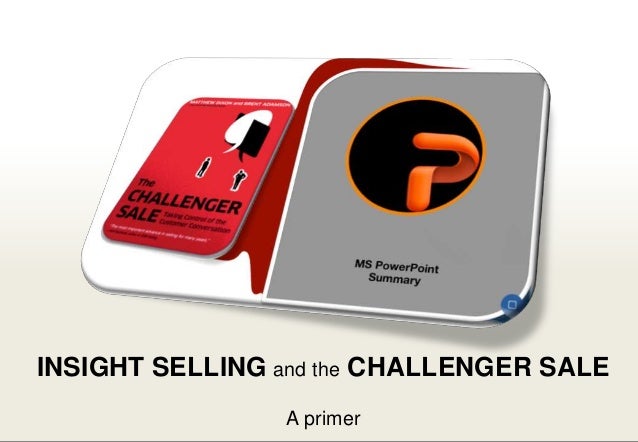
Improved quality and longevity of customer relationships.Increased consistency in the experience that every prospect goes through.Reduced number of prospects falling through the cracks.Increased number of qualified prospects.To break it down a little further, there are some specific long-term benefits to creating, mapping, and implementing a defined sales process. This framework empowers your reps to do the most effective things at the most effective times. This is because, with a sales process, your sales team has a defined framework to follow. Overall, having a structured sales process is critical to helping your sales reps close more deals and increase sales revenue.

The Importance of Having a Structured Sales Process It needs to be amended regularly to ensure it reflects your customers’ changing needs, your industry’s current market, your business specifics, and your team’s skills. Several times a year, you should be proactively analyzing it to pinpoint what is working, what may not be, and what needs to be changed to improve the sales process. The sales methodology is the mindset, while the sales process is the execution of that mindset in actionable steps.Īnother important thing to keep in mind is that once you define your sales process it should not be set in stone that way forever. But, even though they are closely related, they are, in fact, two different things.
People often confuse a sales process and a sales methodology as being the same thing.

Depending on the methodology you choose, this may mean focusing more heavily on one step, flipping the order of some of the steps, or even cutting out steps that are not necessary to your business. Once you understand the seven basic steps of the process, it is important to tweak and tailor your team’s sales process to your product or service as well as your customer base. This crucial step is all about continuing to build strong communication with the customer, reinforcing value, and looking out for cross-sell and upsell opportunities Follow-up - The sales process does not end at the close.Close - This is the step where the prospect is converted into a customer and they decide to move forward with your company.Handling objections - Focus is on listening to and addressing the prospect’s concerns and questions.Presentation - This step is all about presenting to the prospect how your product or service meets their needs and will be a solution for them.
Approach - Focus is on making initial contact with the prospect, as well as gathering more information about their needs, pain points, etc.Preparation - This step revolves around the research and preparation that is done to get ready for the initial contact with a prospect.Prospecting - The focus is on finding new potential customers and qualifying those leads.In general, a sales process will consist of between 5 and 7 steps. By having a structured sales process, sales reps then have a clear “roadmap” to follow when it comes to their actual sales efforts. In this article, we’ll break down exactly what is a sales process, why it is important, and examples of types of sales processes, as well as a way you can optimize the sales process you decide to implement.Ī sales process is the specific, defined, and repeatable set of steps that a sales rep follows to bring a prospect from the early stage of initial awareness to a closed deal. But, if you are one of those companies that are not, you may be wondering where to start when it comes to creating a sales process from scratch. In fact, according to a Harvard Business Review (HBR) study, businesses that utilize a standardized sales process see up to a 28% increase in revenue in comparison to those who are not. As with implementing any business processes, a structured and effective sales process will help streamline the sales journey and result in a more efficient and consistent sales team.
#The challenger sale hbr how to
It will be much more difficult for sales reps to close deals consistently if they don’t know exactly how to get there.


 0 kommentar(er)
0 kommentar(er)
